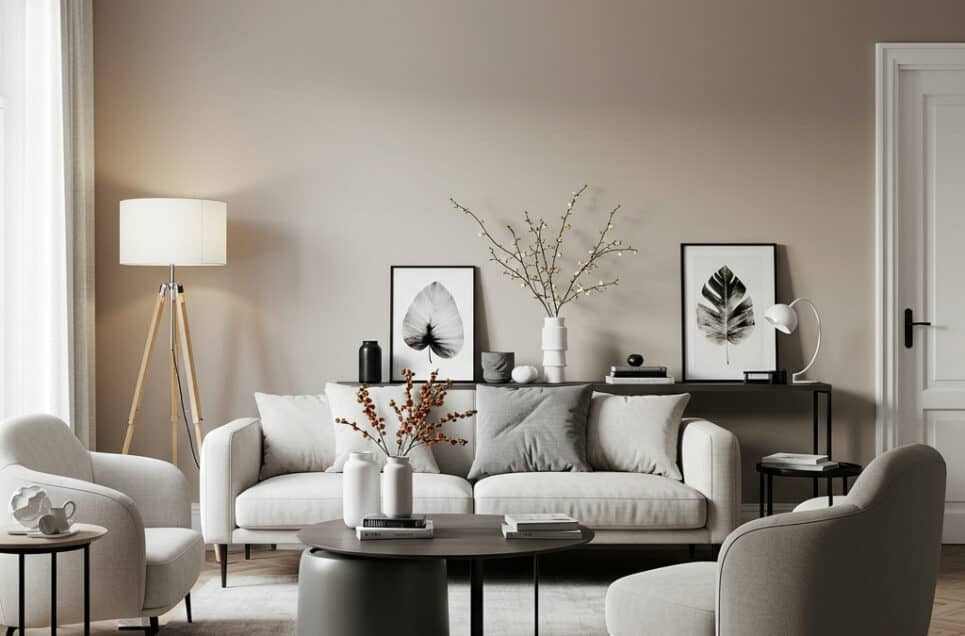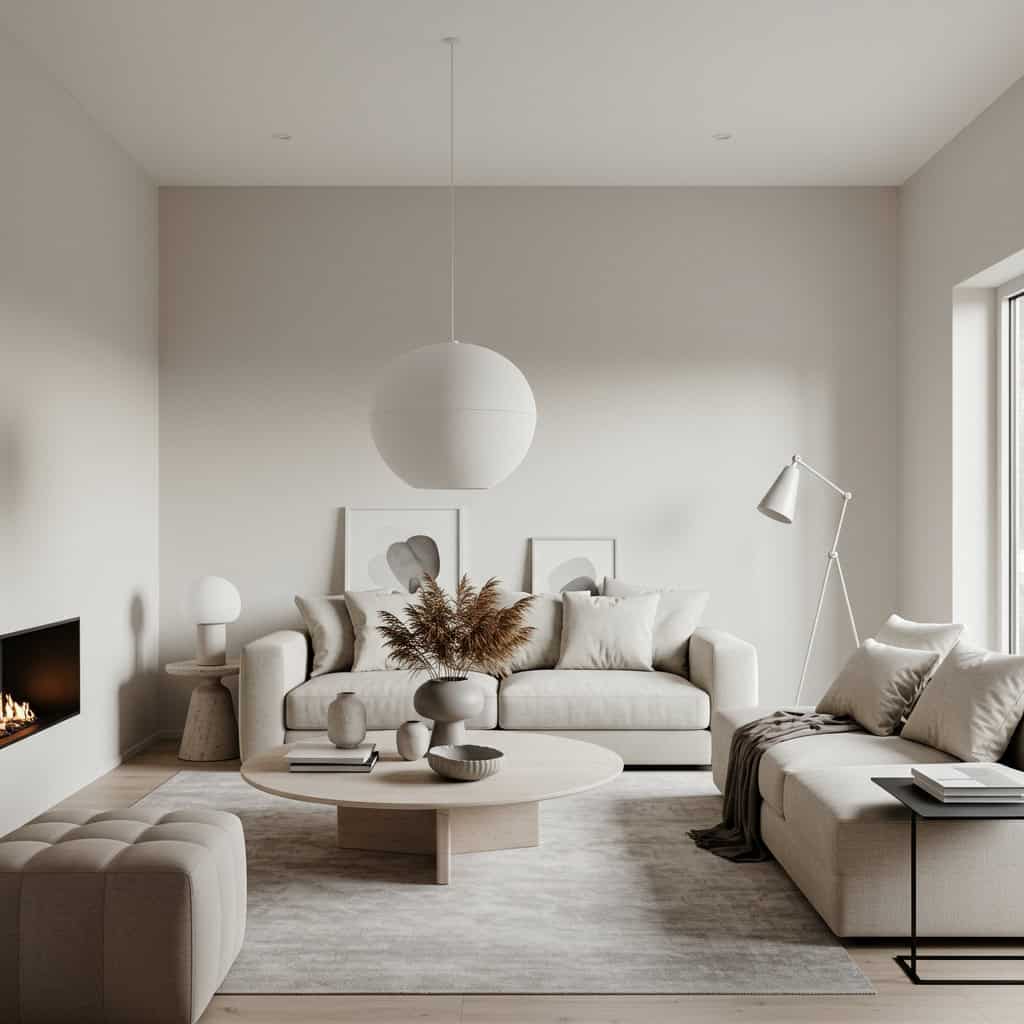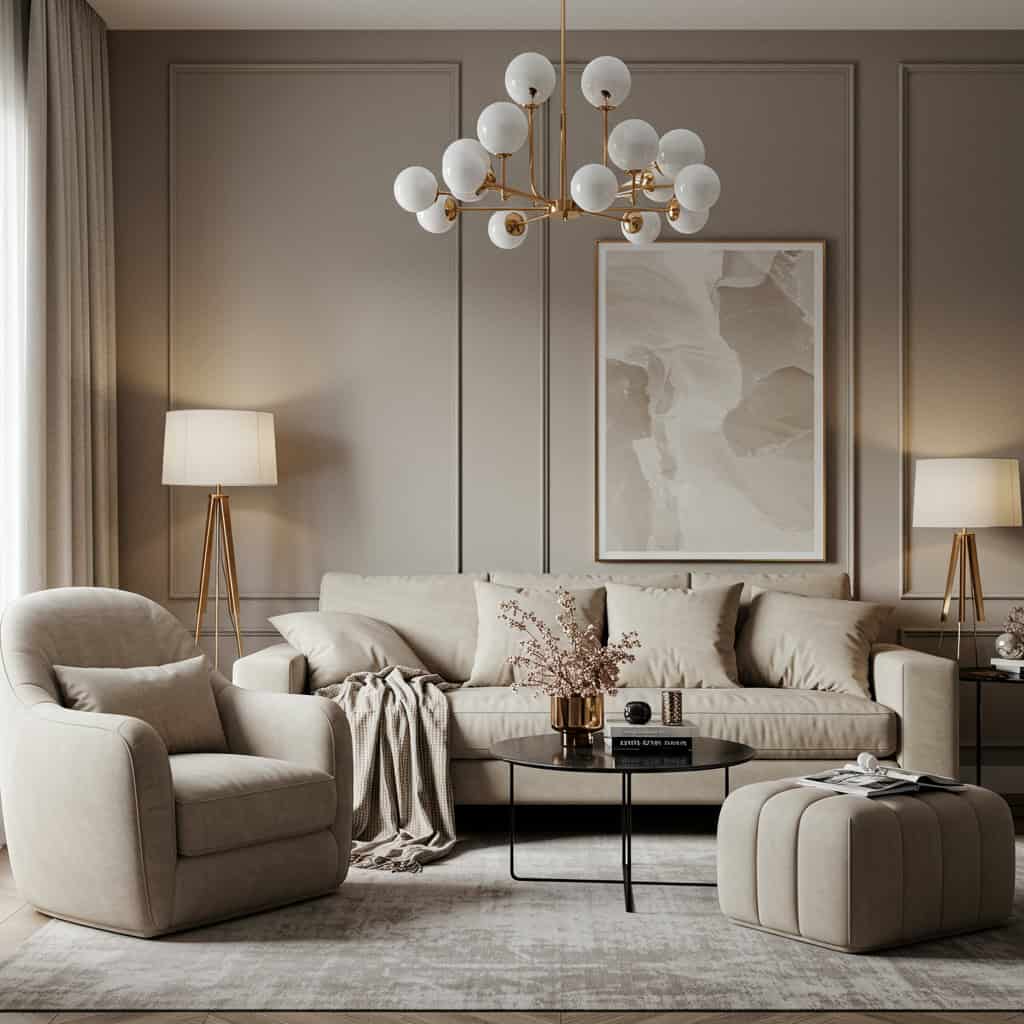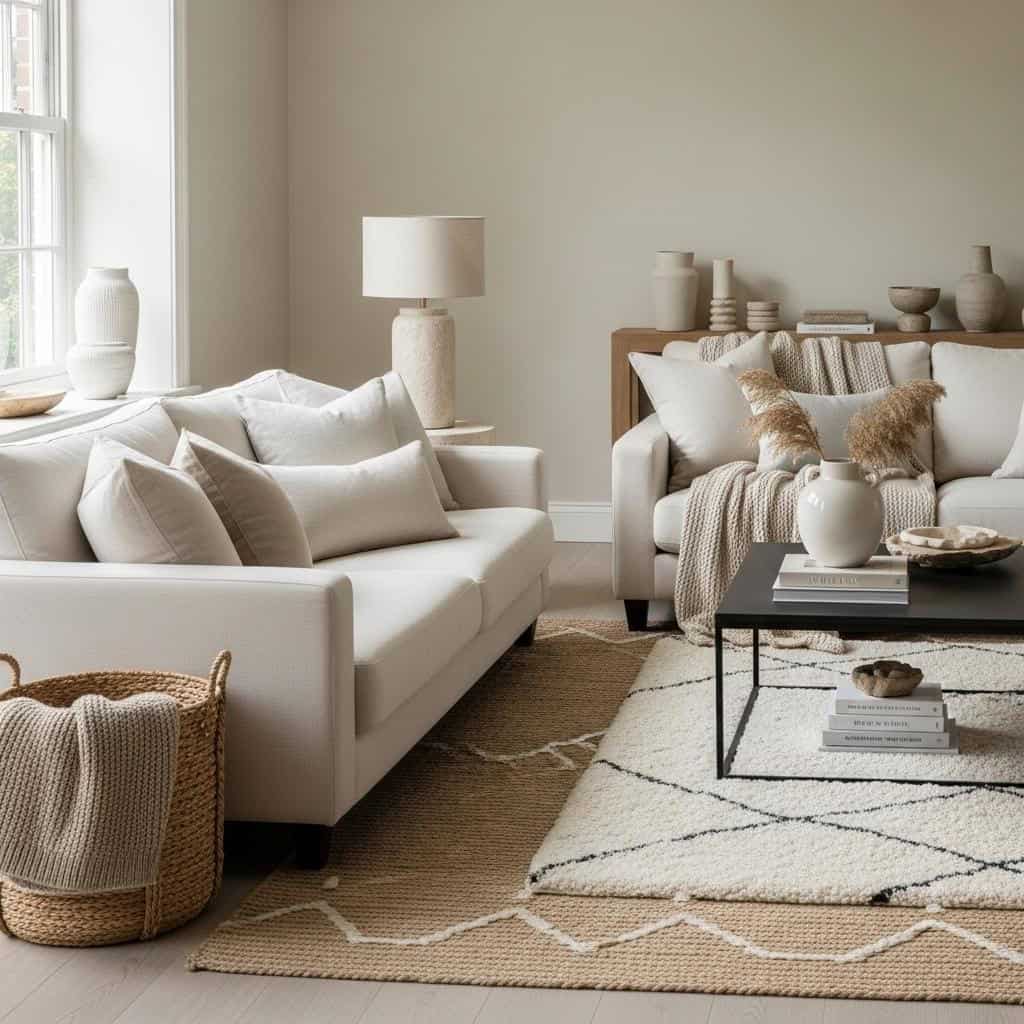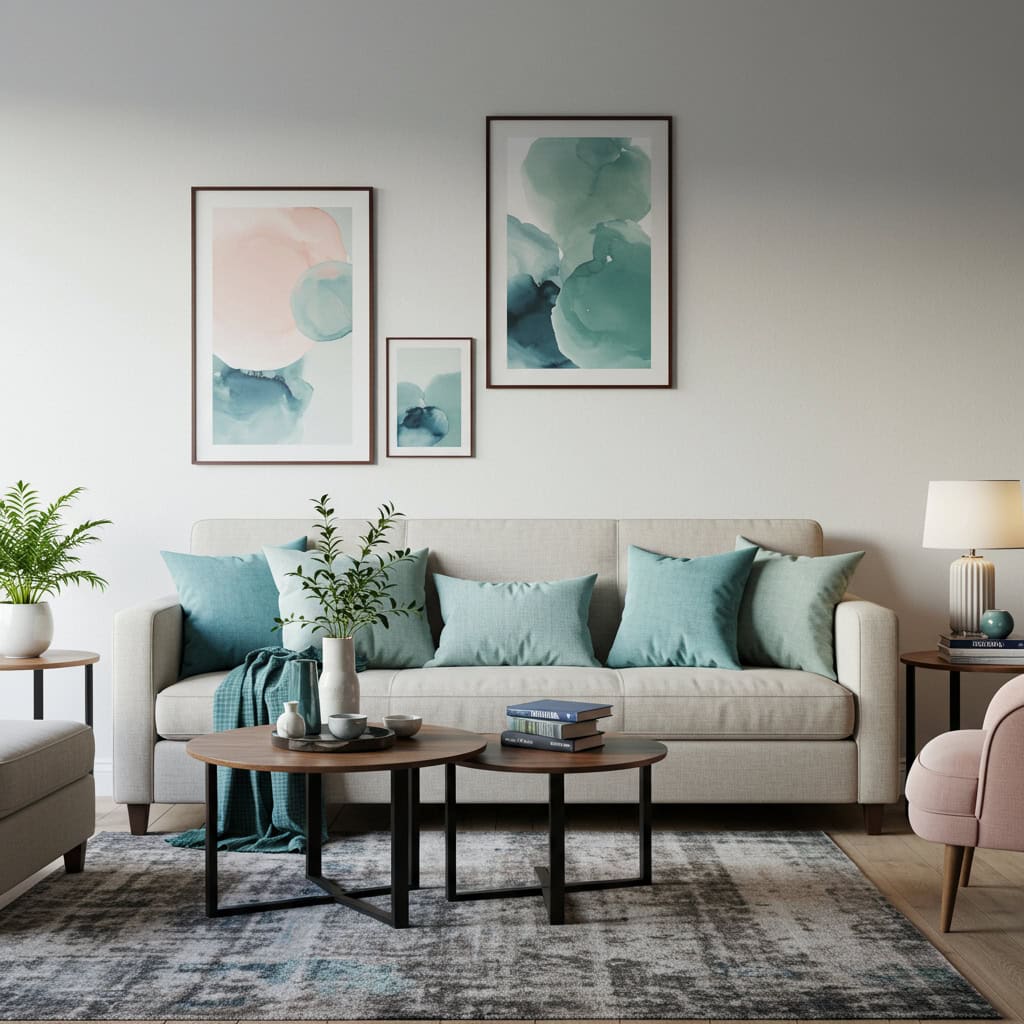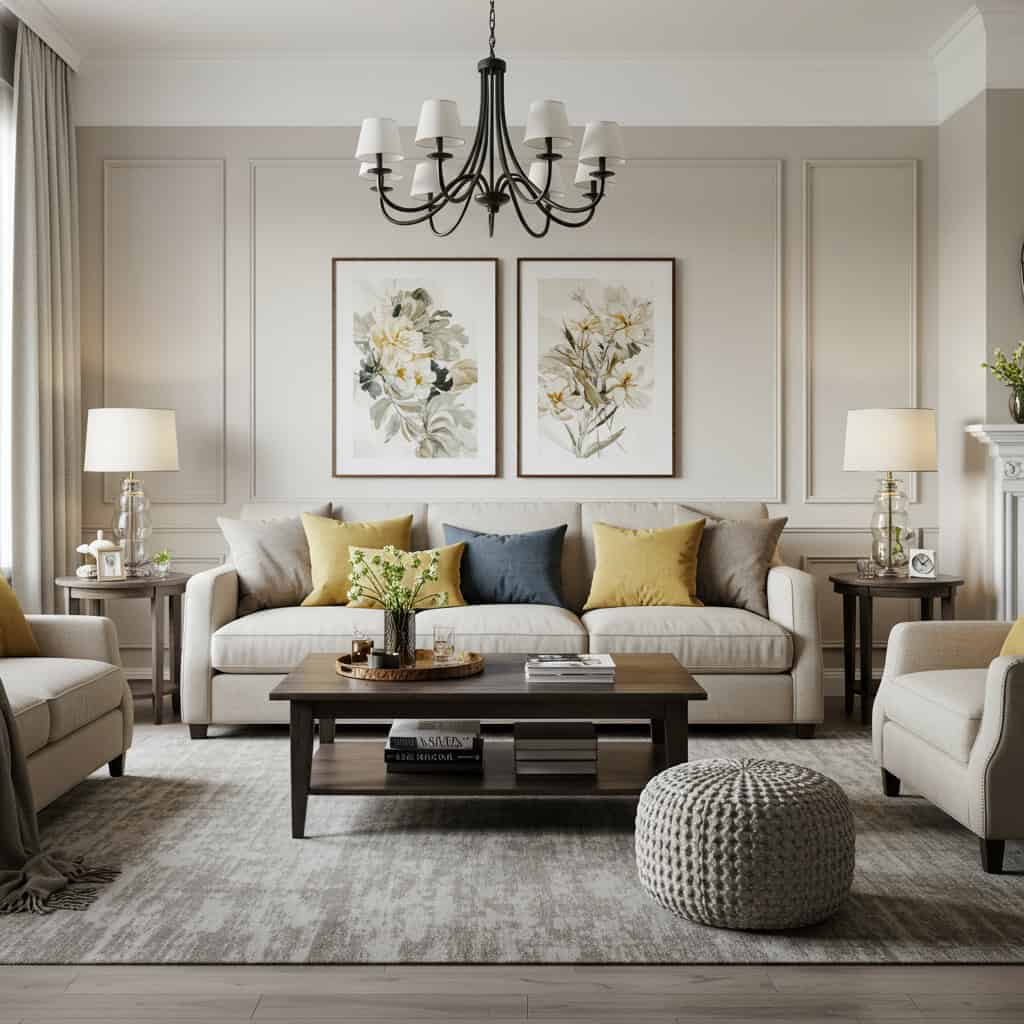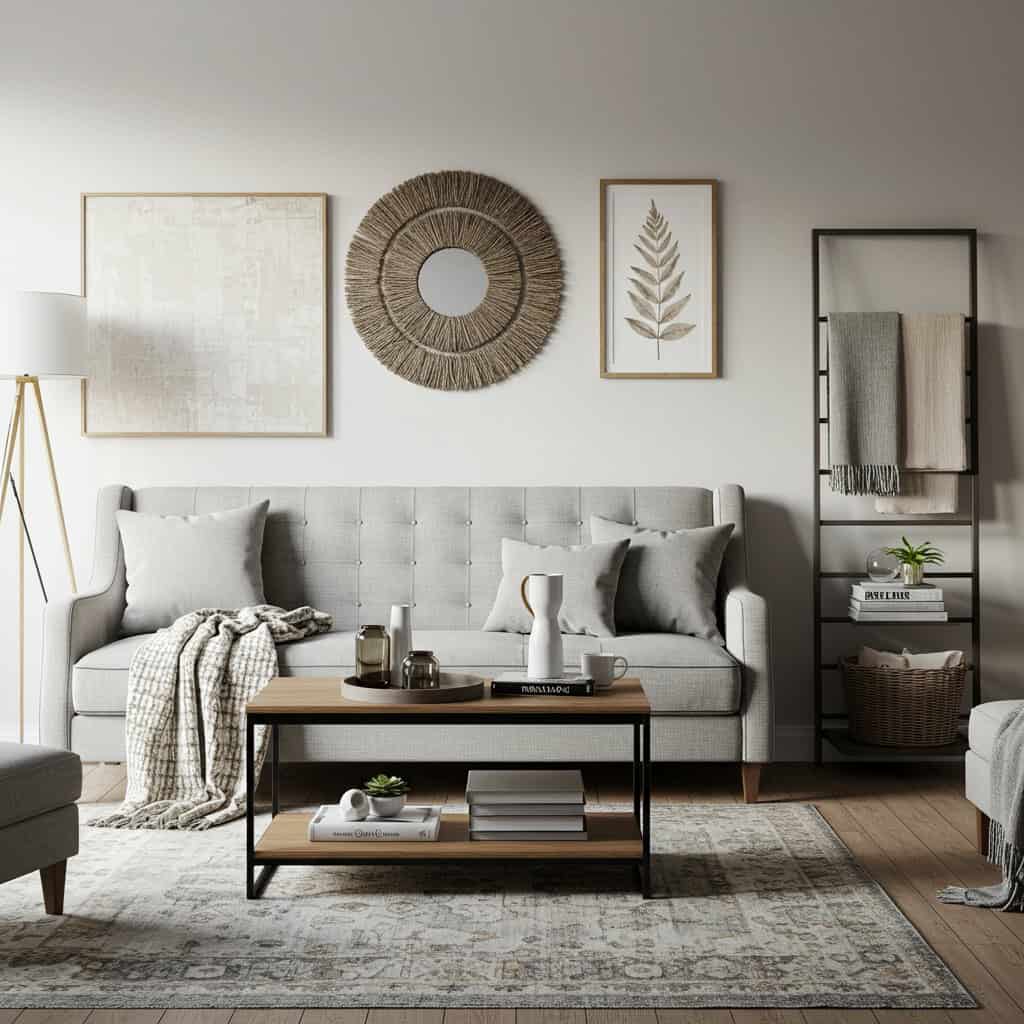Neutral colors have long held a special place in home design, cherished for their versatility, timeless appeal, and ability to craft serene and cohesive living environments. Whether it’s crisp whites, soft beiges, or elegant grays, these shades provide a flexible canvas for any décor style. This guide explores how neutral palettes continue to influence modern interiors and offers practical advice for integrating them into your own home. Discover why designers and homeowners alike consistently embrace neutrals, and gain valuable insights for your next decorating project.

